Search
Language:
Size:
Text Color:


 Unhappy
Unhappy
 Neutral
Neutral
 Satisfied
Satisfied